No-take areas - 10 reasons why we believe they are essential
The science is in, no-take areas boost fish numbers significantly
New research shows that adult snapper in the Leigh Marine Reserve boost snapper abundance in surrounding waters.
Amazingly, results show that even though the reserve makes up only 1.4% of the 400km study area, it is contributing 10.6% of the juvenile snapper!
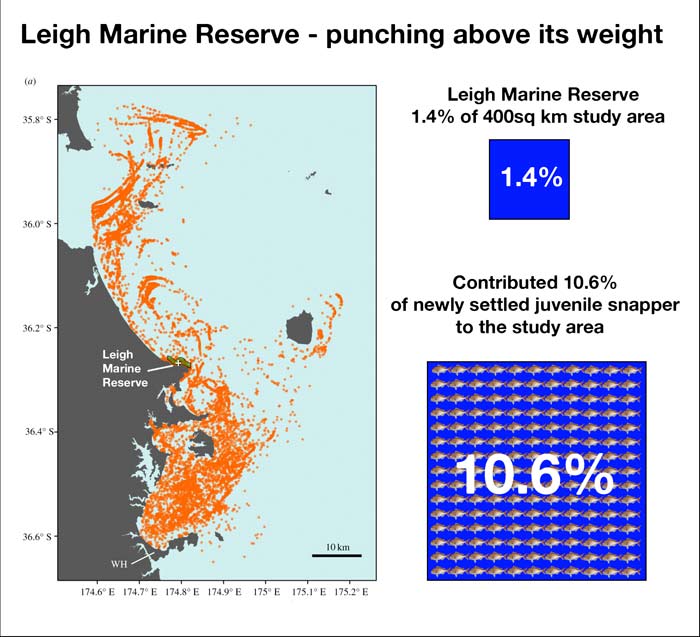
Guardianship
Creating no-take areas protects bio-diversity - habitat and species for its own sake, as part of our responsibility of guardianship.
More than 80% of our native species live in our sea. Thirty percent of New Zealand's land area is protected in national parks, in contrast, less than 1% (0.6%) of our coastal waters are afforded the same protection. Why should land and the sea be so different?
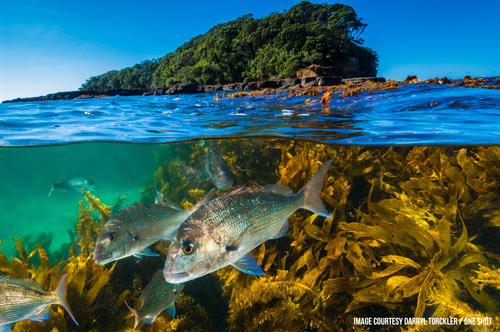 Photo: Darryl Torckler / One Shot
Photo: Darryl Torckler / One Shot
Natural abundance
No-take areas allow marine life and habitat to just be and return over time to near natural abundance undisturbed by fishing pressure.
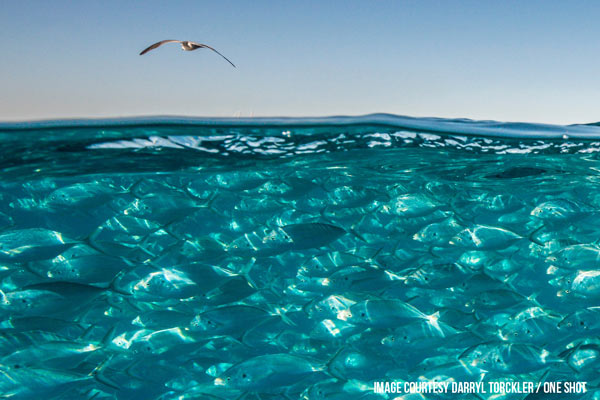 Photo: Darryl Torckler / One Shot
Photo: Darryl Torckler / One Shot
Education - no-take areas are priceless "wet libraries
Places where future generations can experience what natural abundance looks like.
Kids are our future guardians of the ocean. A no-take snorkelling experience for them (and their parents!) can be life changing.
Visit Experiencing Marine Reserves (EMR) site; these guys have put 30,000 students through their programme right around NZ:
Experiencing Marine Reserves - a national programme of experiential learning about marine conservation
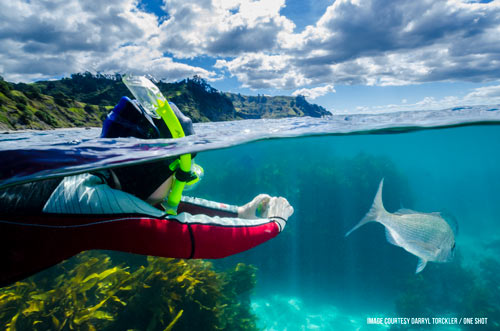 Photo: Darryl Torckler / One Shot
Photo: Darryl Torckler / One Shot
So future generations can experience Tangaroa's abundance
The ability to feed our families from the sea is a real taonga.
This photo is a fishing expedition by three anglers in a dinghy 500 m off Paihia's Ti Beach in the 1950s. What would our catch be now in the same spot? What will it be like in 20 years time?
We see no-take reserves as an essential conservation tool which when combined with fisheries and customary management tools will help ensure future generations can feed their whānau from the sea.
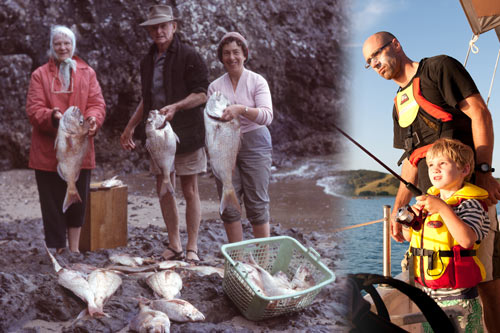
Marine science
By protecting these areas against human threats, we can see the effect human activities are having outside protected areas and take action to better manage the ocean.
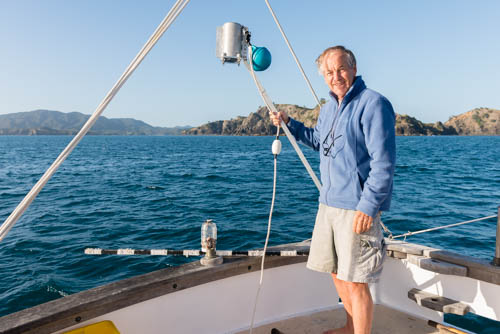 Photo: Dean Wright
Photo: Dean Wright
Sustainable tourism
350,000 snorkellers, divers, sightseers and marine scientists visit the Leigh Marine Reserve each year. The Poor Knights Marine Reserve puts millions of dollars annually into the Northland economy. Non extractive, totally sustainable tourism. People love watching nature.
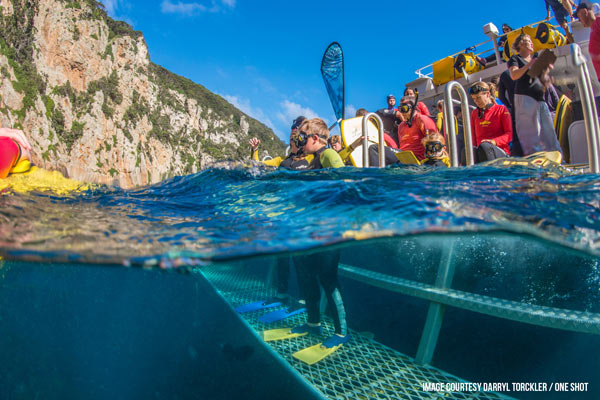
More fish, bigger fish
No-take areas result in more fish and bigger fish. This translates to increased reproductive potential and spill over or movement into adjacent areas.
No-take area boundaries are popular spots for commercial crayfishermens' pots!
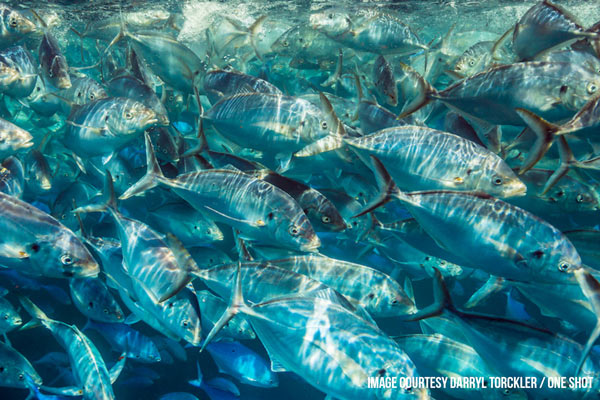 Photo: Darryl Torckler / One Shot
Photo: Darryl Torckler / One Shot
Because New Zealanders want no-take areas!
In 2014, Fish Forever published a discussion document proposing two no-take areas in the Bay of Islands. We received 1349 submissions in response; 81% were in support.
World Wildlife Fund commissioned a Colmar Brunton poll in 2011 on New Zealanders' attitudes toward marine protection, they found:
- Seven out of ten New Zealanders think their marine environment is under threat
- The area they perceive to be currently protected by marine reserves is 31%. The actual area protected is less than 1%
- The area respondents believed should be protected in marine reserves was 36%
- More than nine in ten New Zealanders want to see more of their oceans protected in marine reserves
Download the poll here: New Zealanders' attitudes to marine protection
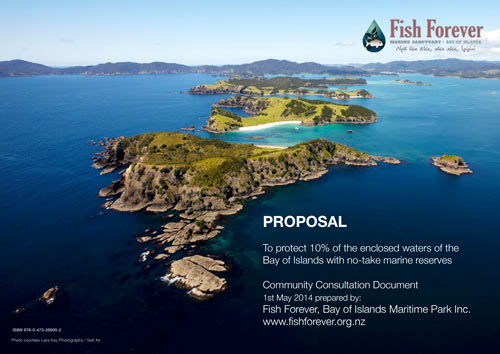
We're in this together
The NZ Government, together with 200 others, signed the United Nations Convention on Biological Diversity to help stem the global tide of species loss and ecosystem destruction.
The convention recognises that biological diversity is not just about plants, animals and micro-organisms and their ecosystems; it’s also about people and our need for food security, medicines, fresh air and water, shelter, and a clean and healthy environment in which to live.
Fish Forever sees no-take reserves as a vital part of acheiving that goal, alongside fisheries and customary management tools.
 Photo: Shane Housman Northland Dive
Photo: Shane Housman Northland Dive
Here's the real oil on no-take areas
Dr Roger Grace has been collecting data about the northeast coast of New Zealand for 50 years, focusing mainly on crayfish and snapper. The first empirical data was gathered in 1971. Since then, much has changed on our coast - the abundance and size of fish in non-protected areas have steadily declined, while the replenishing stocks in protected zones, such as Goat Island and Tawharanui, have skyrocketed. This two-part video explains why.
Marine Reserves 101 - Part 1
Marine Reserves 101 - Part 2

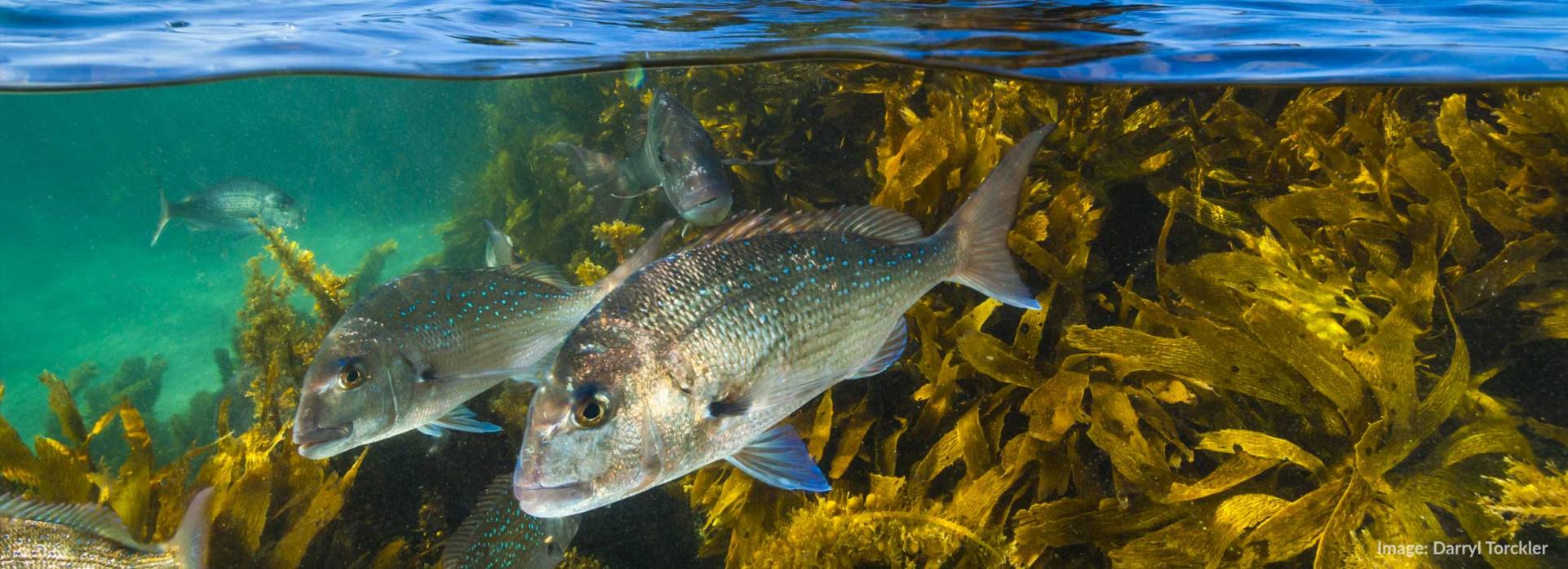

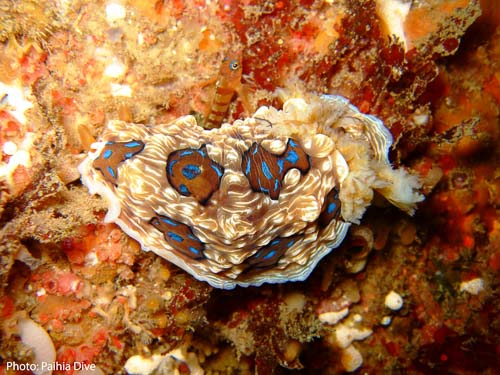 All of us with an interest and love of Tangaroa, let's work together and take on the challenge of marine protection for the Bay.
All of us with an interest and love of Tangaroa, let's work together and take on the challenge of marine protection for the Bay.